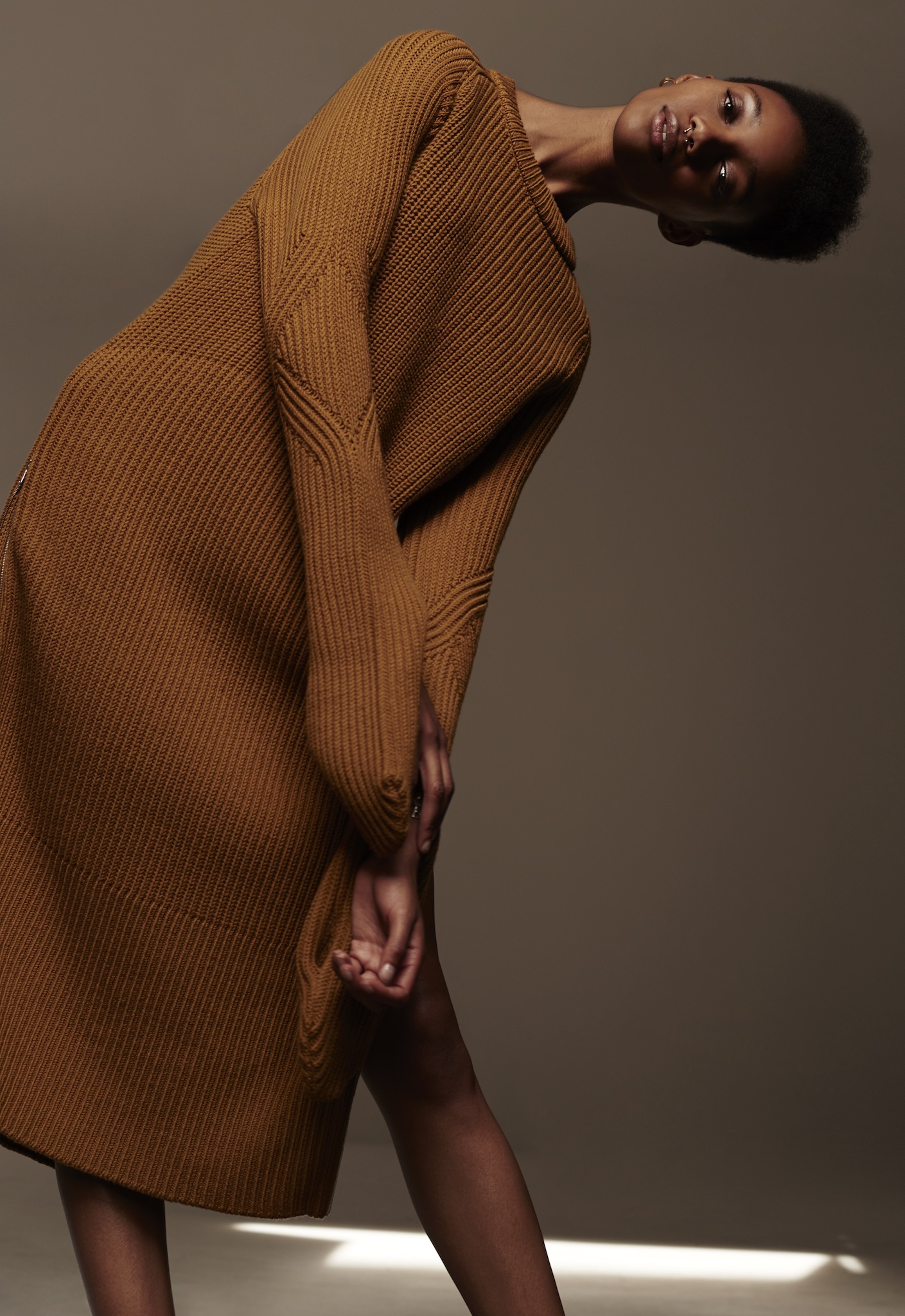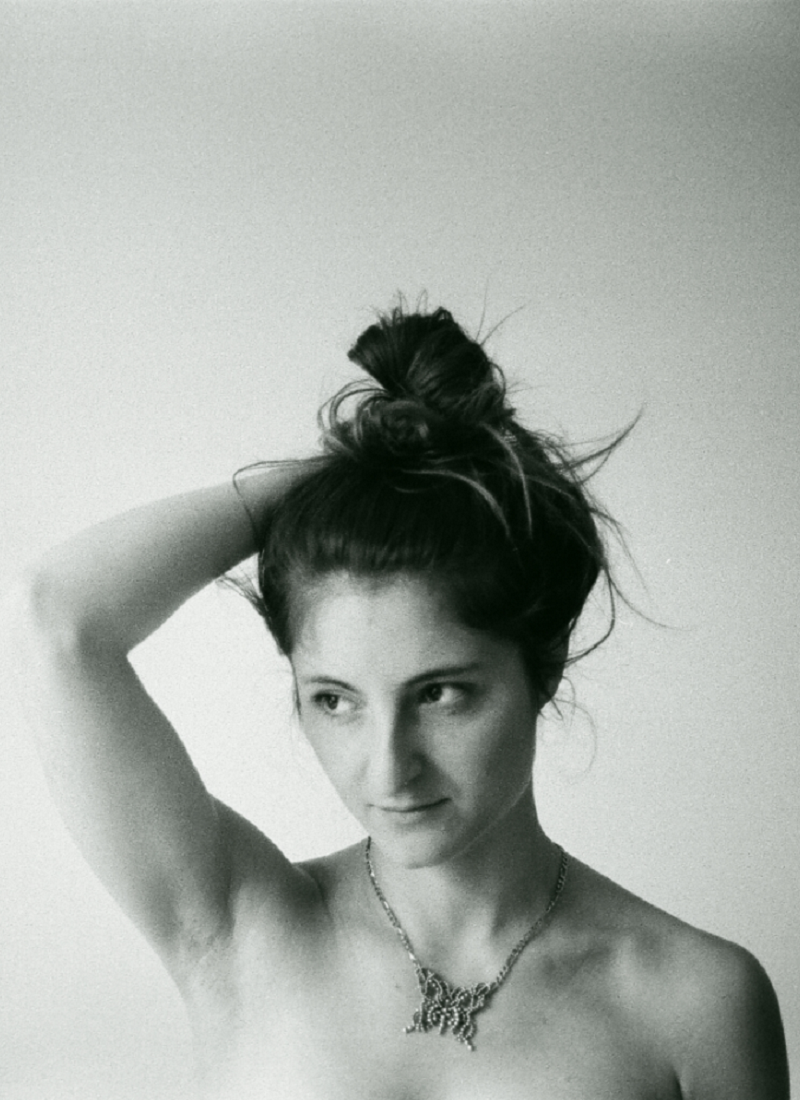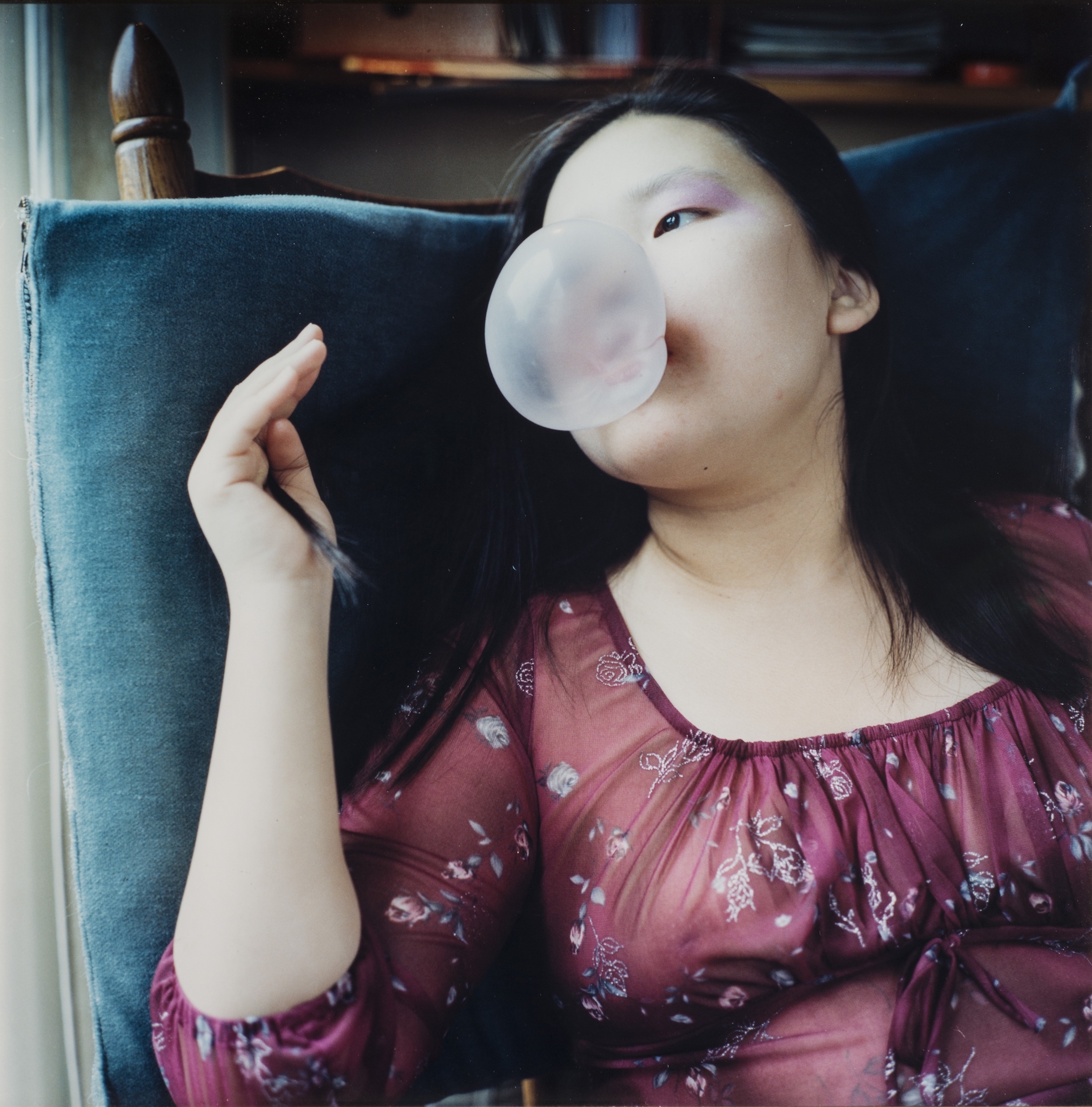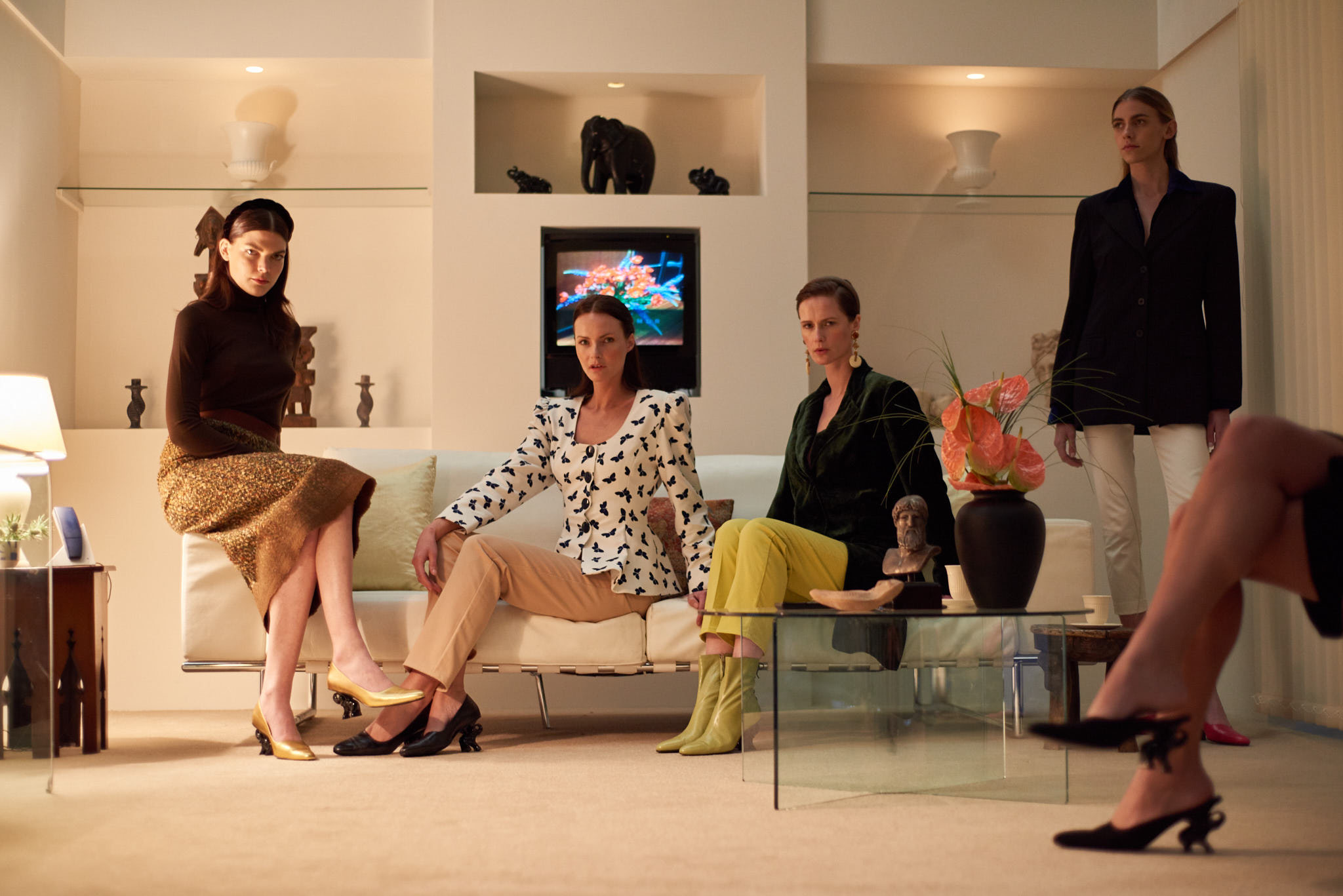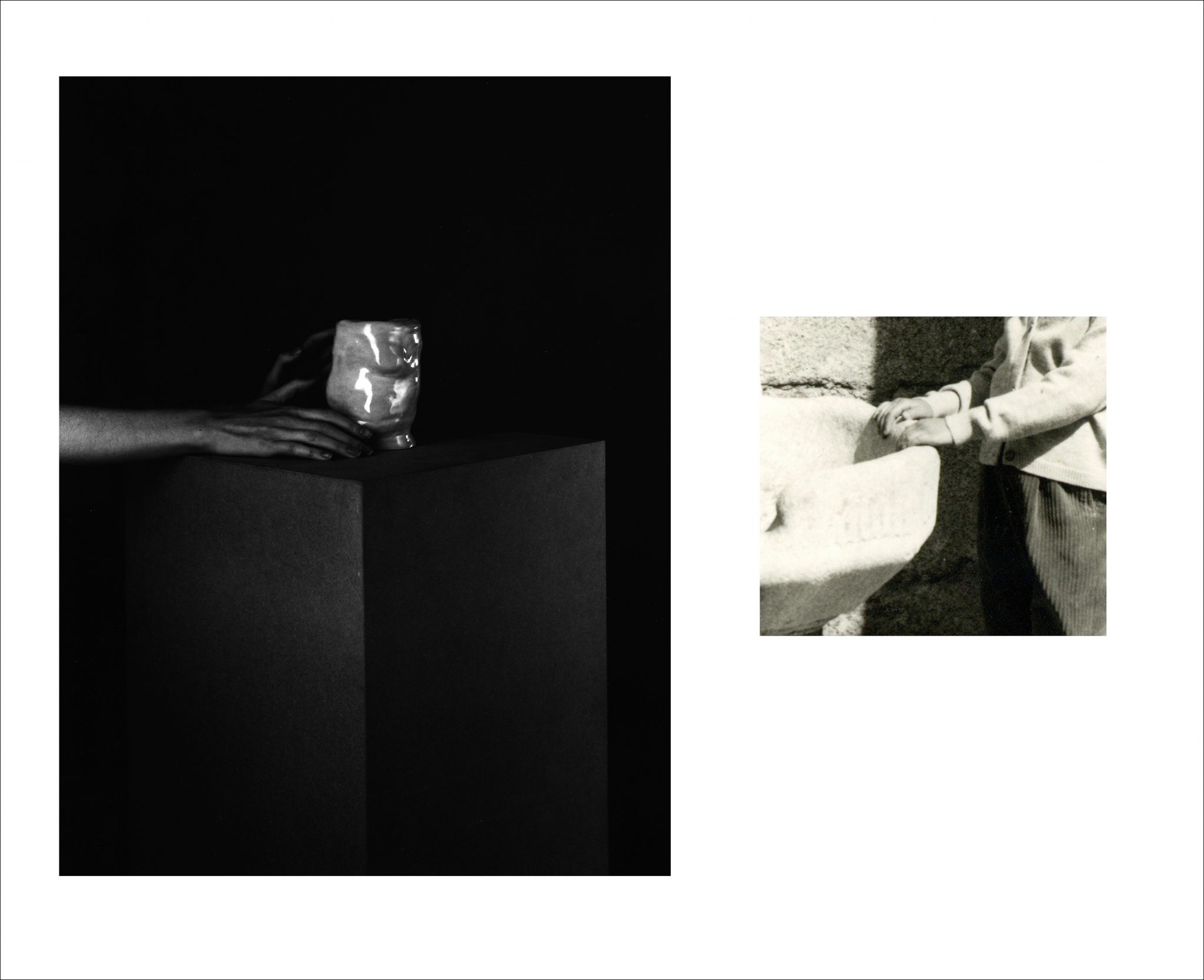
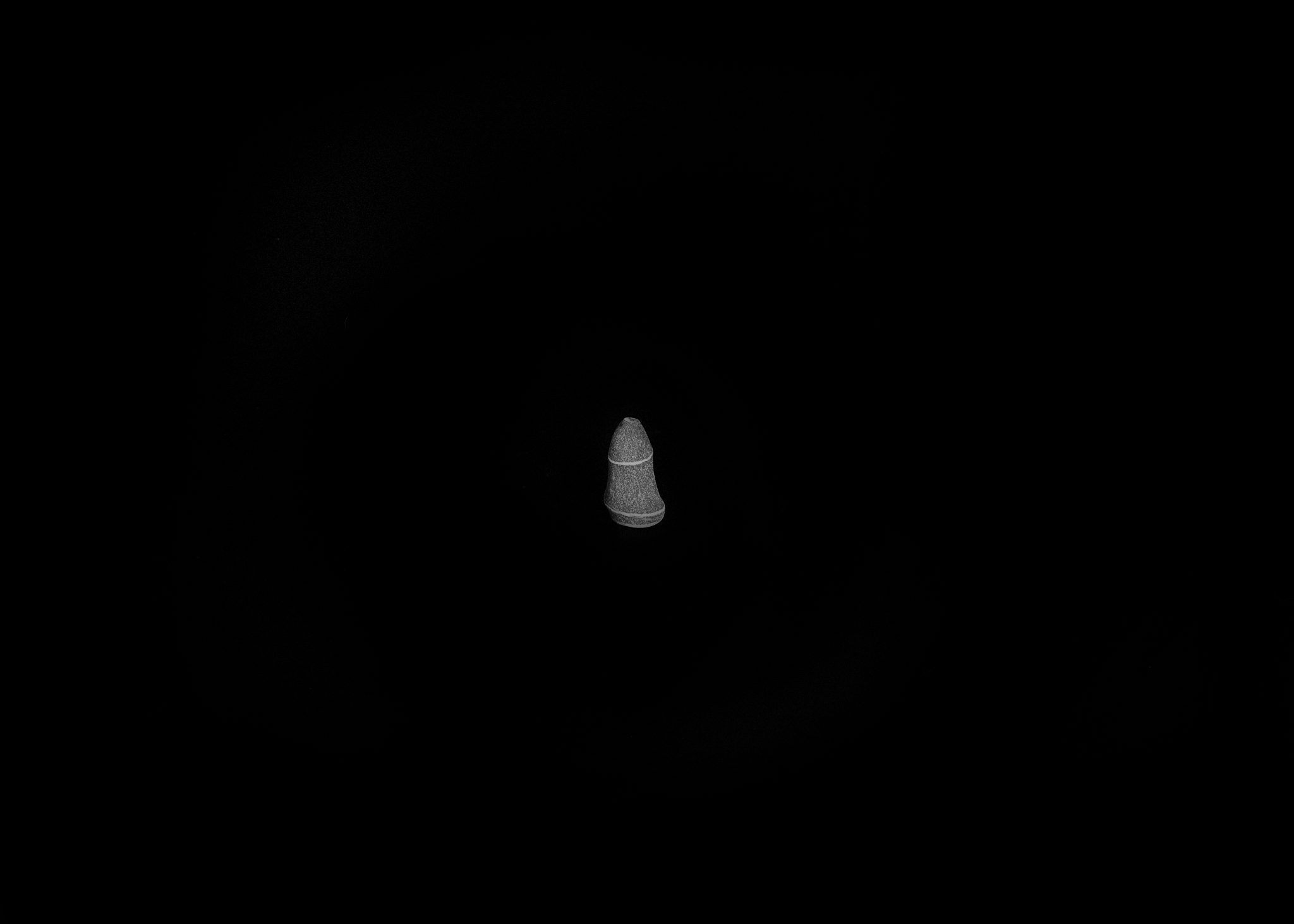

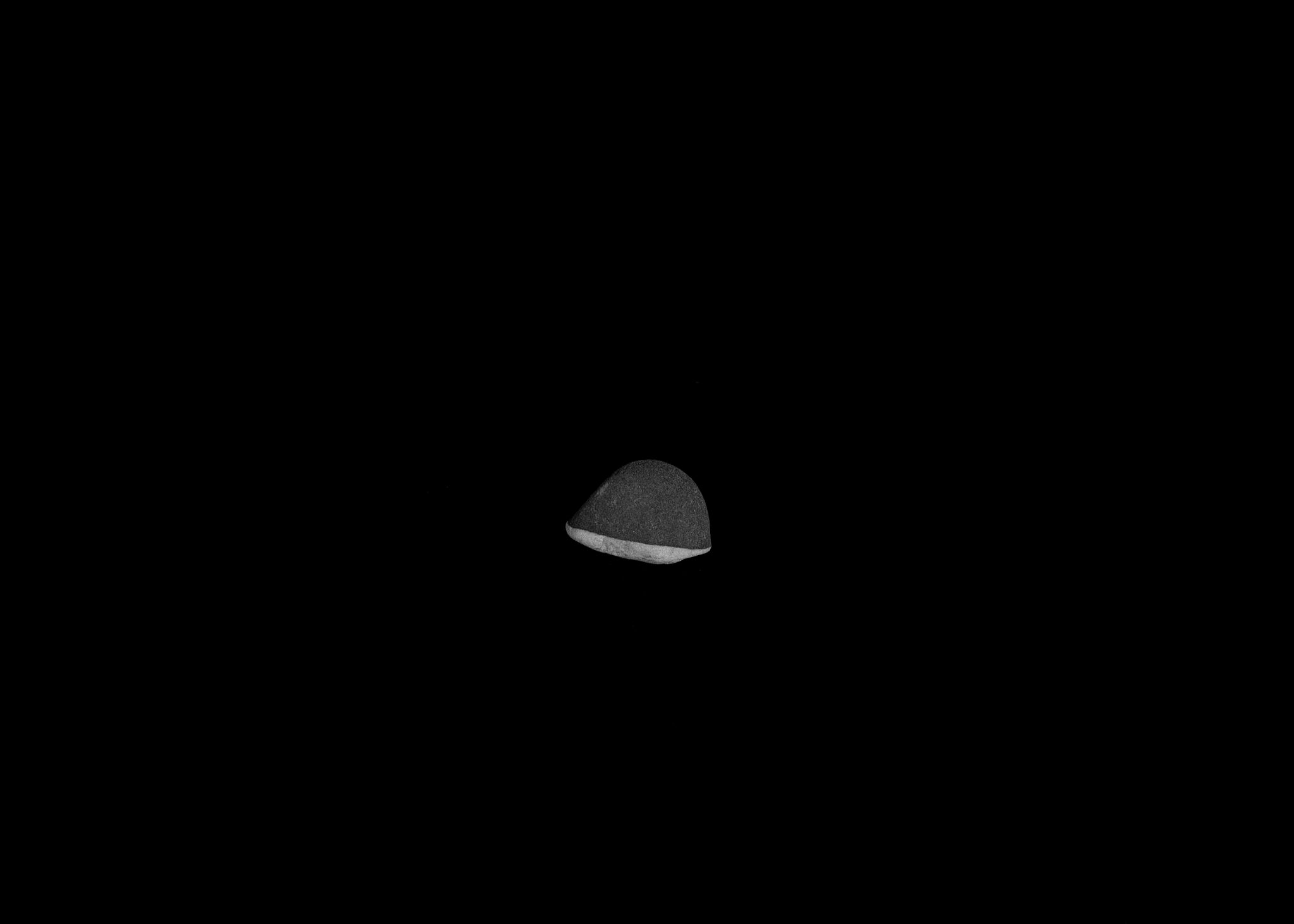

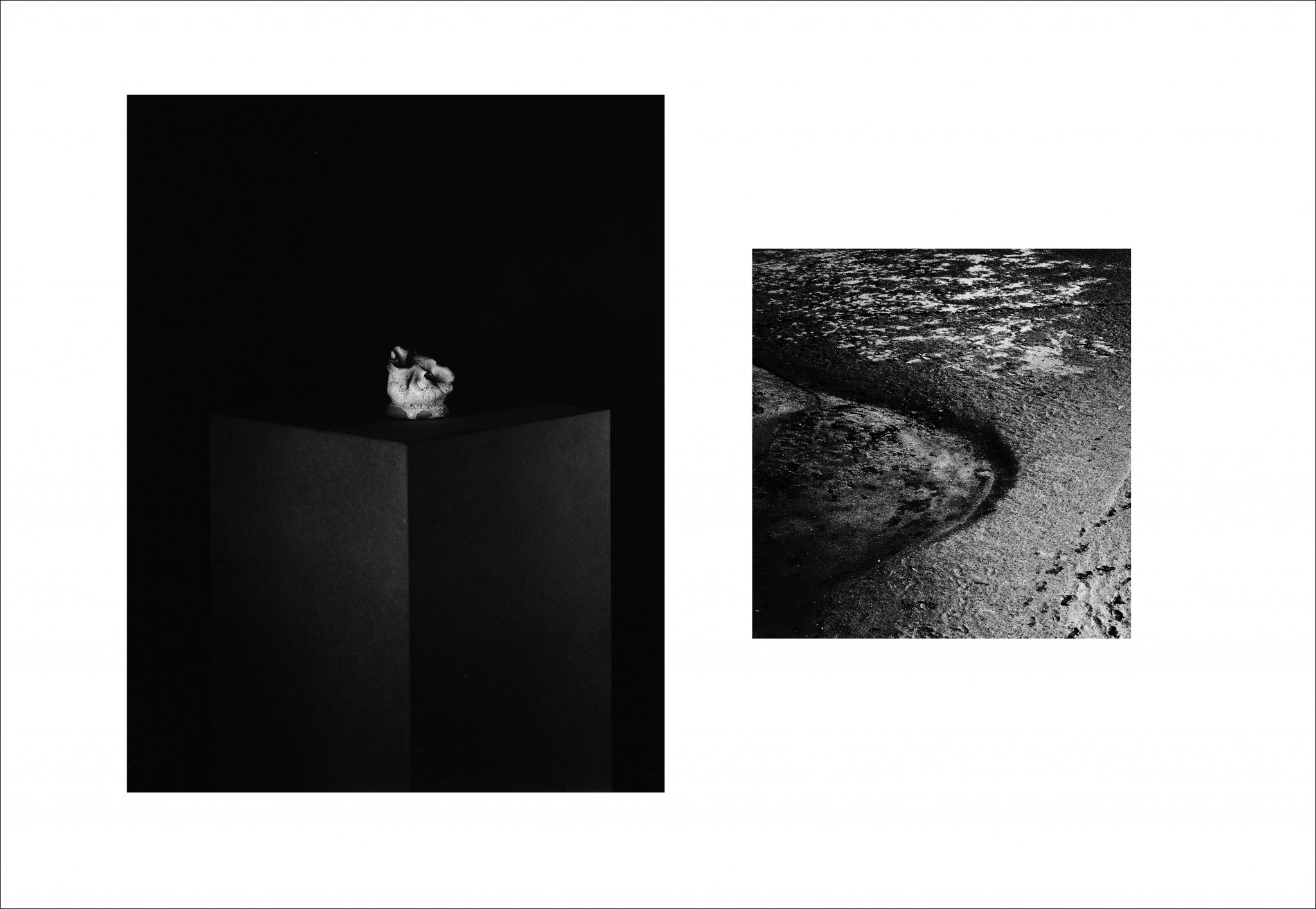
Mountains, rocks, land and water. What drives you toward capturing these natural forms in your practice?
I grew up by the sea, always surrounded by natural landscapes and textures. Ever since moving to London my work has become more and more about where I come from, inherently about my own relationship with my motherland. I tend to have a very deep connection with places where certain memories were formed. When I was a child, I used to walk through this beach with my Mother quite often. These rock formations that were formed thousands of years ago have been in decay due to the pull of the water, the wind and other natural occurrences. The erosion of these cliffs has highly influenced my perception of time and continuity. Every year I notice how these rocks are corroded and eroded further. Like skin, their layers shed, becoming thinner and weaker. Sometimes when you walk beside them, granules crumble to your feet, reminding you of their ephemerality and fragility.
Your photographs carry heavy dark tones, with waves of stark light; curves, ripples and jagged edges all seem to flow into one another…
Yes, I wanted to create images that mimicked my own perception of this specific landscape, they’re all in black and white with a lot of texture and strong blacks. When I was shooting these images I realised that often the landscapes would get blended into one another, the photographs of rocks and water merged and I’d lose sense of what is dry and what isn’t. I think that this is what really intrigued me with the images. It’s a sense of confusion to what is dry land and water.
‘Su di lei’, the title of your personal work translates from Italian to English as ‘on her’. In this project you place a photograph of a woman amidst images of natural rock formations and coral. This creates a ‘mother-nature’ like, link. Tell me more about this?
Yes, Su di Lei means ‘About Her’. The whole project is about my mother’s sense of displacement in relation to landscape and language. When I was given two old family photographs by my grandmother (one of my father in the high mountains of Italy, another of him in the sea), the difference in landscape and altitude interested me instantly. Following my family’s migration history from the north highlands of Italy, to the sands of the south of Portugal, I began to form stories gathered from members of my family.
My mother longed for the distant horizon in the sea, and the altitude of her motherland. The cliffs by the beach we visited throughout my childhood replaced my mother’s homeland. Her sense of displacement grew as the precipitous terrain of her native land disappeared and gave way to the oblate sands and endless Atlantic ocean of the Algarve. The objects themselves are displaced from their natural habitat. Alongside these, rocks that I collected on walks with my mother.
In this project you have created a short black and white video of waves crashing against rocks, rivers rippling and streams flowing. Tell me about your drive toward water?
The video of landscape moving and changing works together with another video piece that I created with my mother. It’s a short clip of our voices talking to each other about the landscape and our different accents. Both videos work together, but also separately. I’m really drawn to water because of it’s theoretical properties. Water moves, it moulds itself to it’s surroundings, similarly to a person. It also traces the end of soil, and start of a different element.
Words by Emma Bourne
Artist Sara Sandri
